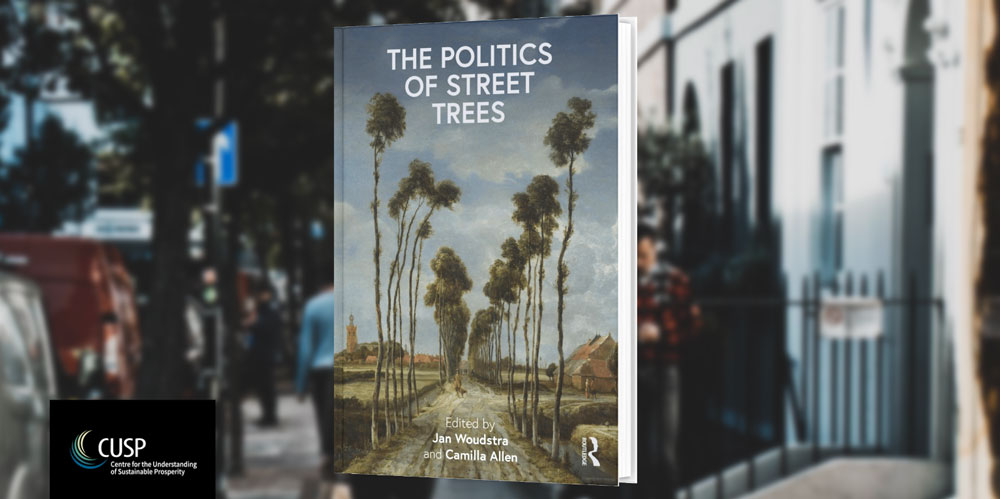The Political Economy of Street Trees
Book Chapter by John Henneberry and Phil Catney
The Politics of Street Trees—Edited collection by Jan Woudstra, Camilla Allen | Routledge, 2022

Summary
Over the last 50 years there has been a paradigmatic shift in the climate of ideas and governing orthodoxy from Keynesian-corporatism to neoliberalism. Such paradigms provide the philosophical goals that are pursued by policy and practice and determine what are considered to be the legitimate means of attaining those goals.
Phil Catney and John Henneberry use evolving policy and practice around protection and management of street trees as a vehicle for examining the relations between the competing paradigms of corporatism and neoliberalism, and the ways that they are expressed ‘on the ground’.
In the course of their study, the authors highlight the tensions between the amenity value and the economic value of street trees, and those between techniques for their estimation. The legitimacy of the former, such as Helliwell and CAVAT, which embody corporatist concepts are subject to continuing challenges based on their (lack of) scientific rigour or economic principle. The strengths of the latter, for example i-Tree, are emphasised on the same grounds. Such is the success of these efforts that the equation of the value of a street tree with an estimation of the price that people will pay for the ecosystem services it delivers is not seen as controversial.
Further details about the book can be accessed on the Taylor & Francis website. For enquiries, please email info@cusp.ac.uk.
Citation
Henneberry J and P Catney 2022. The Political Economy of Street Trees. In Woudstra J and C Allen (Eds): The Politics of Street Trees. Routledge, 2022.



